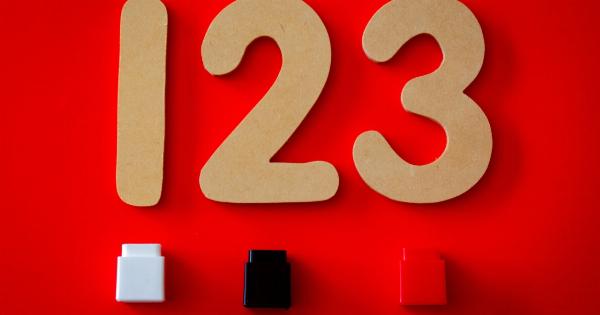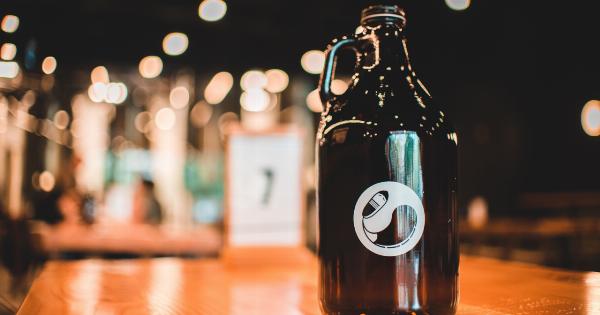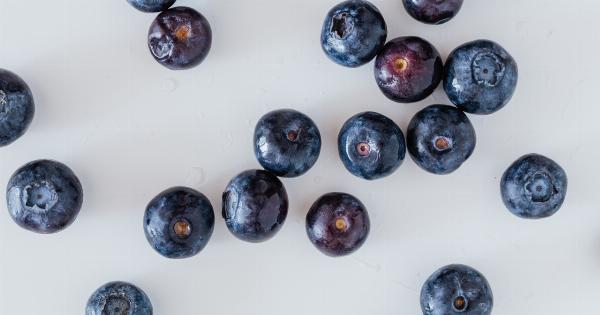Red wine and white wine are two popular types of alcoholic beverages that are enjoyed by people all over the world. With their distinct flavors, aromas, and colors, these wines have become a favorite choice for many individuals.
However, when it comes to the question of which one is more intoxicating, there seems to be a debate. In this article, we will explore the battle of intoxication between red and white wine and try to shed some light on this ongoing discussion.
The Differences Between Red and White Wine
Before delving into the topic of intoxication, it is essential to understand the main differences between red and white wine.
While both varieties are made from fermented grapes, they undergo different processes that result in their distinctive characteristics.
The Production Process
Red wine is typically made by fermenting the juice along with the grape skins and seeds. This process allows the wine to develop its rich and deep color, as well as its bold flavors.
White wine, on the other hand, is produced by fermenting only the grape juice, without the skins and seeds. This results in a lighter color and a more delicate taste.
Alcohol Content
When it comes to alcohol content, both red and white wine contain a similar amount of alcohol by volume (ABV). Generally, most wines range between 12% to 14% ABV.
However, it is important to note that specific variations within each type of wine can affect the precise alcohol content.
Resveratrol Content
Resveratrol is a compound found in the skin of grapes and has been associated with various health benefits.
Red wine contains a higher concentration of resveratrol compared to white wine due to the extended contact between the grape skins and juice during the fermentation process. This compound has been linked to potential cardiovascular benefits and antioxidant properties that may promote overall well-being.
Intoxication: Red vs. White Wine
Now, let’s address the question at hand: which wine is more intoxicating?.
Factors Determining Intoxication
The level of intoxication primarily depends on several factors, including:.
1. Alcohol Content
As mentioned earlier, red and white wines generally have similar alcohol content. Therefore, the intoxicating effect experienced is likely to be comparable between the two types.
2. Consumption Rate
The rate at which the wine is consumed plays a crucial role in determining how intoxicated a person becomes. Drinking any alcoholic beverage rapidly will lead to a quicker build-up of alcohol in the bloodstream, potentially causing faster intoxication.
3. Individual Tolerance
The tolerance level of an individual also significantly affects how intoxicated they become after consuming wine. Factors such as body weight, metabolism, and alcohol tolerance can influence how someone metabolizes and reacts to alcohol.
4. Food Intake
Consuming wine on an empty stomach can lead to faster intoxication. Food in the stomach helps to slow down the absorption of alcohol into the bloodstream, which can reduce the intoxicating effects.
5. Mixing of Alcoholic Beverages
It is important to mention that mixing different types of alcoholic beverages or consuming wine with other spirits can enhance the overall intoxicating effect.
When combined, different alcoholic drinks can provide a powerful punch, resulting in increased levels of intoxication.
Conclusion
After considering all the factors mentioned above, it is evident that the debate between red and white wine being more intoxicating ultimately depends on various individual variables.
Red and white wine generally have similar alcohol content, so the potential for intoxication remains relatively equal. However, it is essential to remember that responsible drinking and moderation are key when enjoying any alcoholic beverages.



























